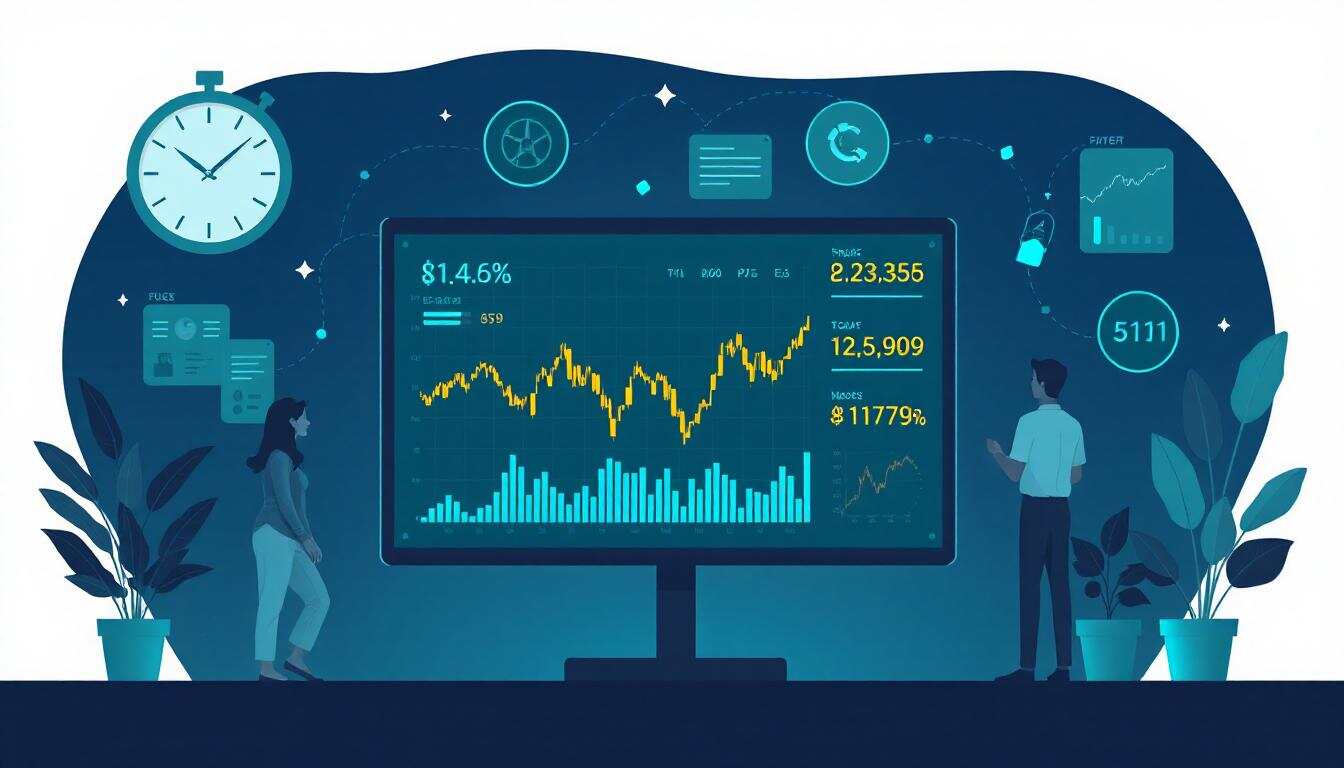Do you know How Does After Market Trading Work and how can you benefit from it? In this article, we will share all the essential information about After Market Trading.
Introduction
Have you ever wondered how trading happens even after the market closes? How Does After Market Trading Work is important to understand if you want to take your investing to the next level. Let’s delve deeper into this topic.
What is After Market Trading?
After Market Trading is the process in which investors can trade stocks even after the regular market hours. This trading takes place during extended hours set by the exchanges and is conducted through the Electronic Communication Network (ECN).
How Does After Market Trading Work?
To understand How Does After Market Trading Work, we need to look at some key aspects:
1. Time Frame: In the United States, the regular market is open from 9:30 am to 4:00 pm (Eastern Time). **After Market Trading** runs from 4:00 pm to 8:00 pm.
2. Electronic Communication Network (ECN): After Market Trading takes place via ECNs that connect buyers and sellers directly, without traditional exchanges.
3. Limited Liquidity: There are fewer investors in the After Market, which leads to less liquidity and can lead to more volatility in prices.
| Category | Details |
| Definition | Trading that occurs outside regular market hours, allowing investors to buy and sell stocks before or after the standard trading session. |
| Regular Market Hours | 9:30 AM to 4:00 PM ET (Eastern Time) in the United States |
| After-Hours Trading Hours | 4:00 PM to 8:00 PM ET |
| Pre-Market Trading Hours | 4:00 AM to 9:30 AM ET |
| Primary Platforms | Electronic Communication Networks (ECNs) and some traditional exchanges |
| Advantages |
|
| Risks |
|
| Order Types Available | Primarily limit orders; some brokers may restrict certain order types in after-hours trading |
| Best Practices |
|
| Who Should Trade? | Experienced investors who understand market volatility and can manage risks effectively. Beginners are generally advised to avoid after-hours trading until they gain more experience. |
| Common Use Cases |
|
| Useful Resources | |
| Data Disclaimer | After-hours data might be delayed by at least 15 minutes. |
Benefits of After Market Trading
- Flexibility: The convenience of trading even after work, which coincides with your busy schedule.
- Quick reaction to news: The opportunity to react immediately to news or earnings reports that come after the market closes.
- More investment opportunities: You can take advantage of new trading opportunities even after the day.
Risks of After Market Trading
- High volatility: Low trading volume can cause prices to fluctuate quickly.
- Low liquidity: Fewer buyers and sellers can make it difficult to execute your orders.
- Wide spreads: The difference between the buy and sell prices can increase, which can increase trading costs.
Should you do After Market Trading?
This is an important question: Is After Market Trading right for you? If you are an experienced investor and skilled at risk management, it can add value to your portfolio. But new investors should be cautious and start small.
How to start After Market Trading?
1. Choose the right broker: Choose a broker that offers After Market Trading and access to ECN.
2. Get familiar with the platform: Understand the trading platform and learn how to place orders in After Market.
3. Adopt risk management strategies: Use stop loss orders and other risk management techniques.
You may want to know about Ulta Beauty Stock
Important things you should know
- Order types: Not all order types are available in After Market Trading. Usually, only limit orders are accepted.
- Price transparency: Price information may be low, making it difficult to make the right decisions.
- Regulatory risks: Some rules and regulations do not apply to After Market Trading, which may affect your investments.
Conclusion
Now that you know How Does After Market Trading Work, you can decide if it is suitable for your investment strategy. It may provide you with more flexibility and opportunities, but the risks associated with it should not be ignored.
Do you want to know more about After Market Trading? Share your questions in the comments below!
In this article, we learned How Does After Market Trading Work and what are the advantages and risks associated with it. Hope this information will prove useful for you.
Resources:
